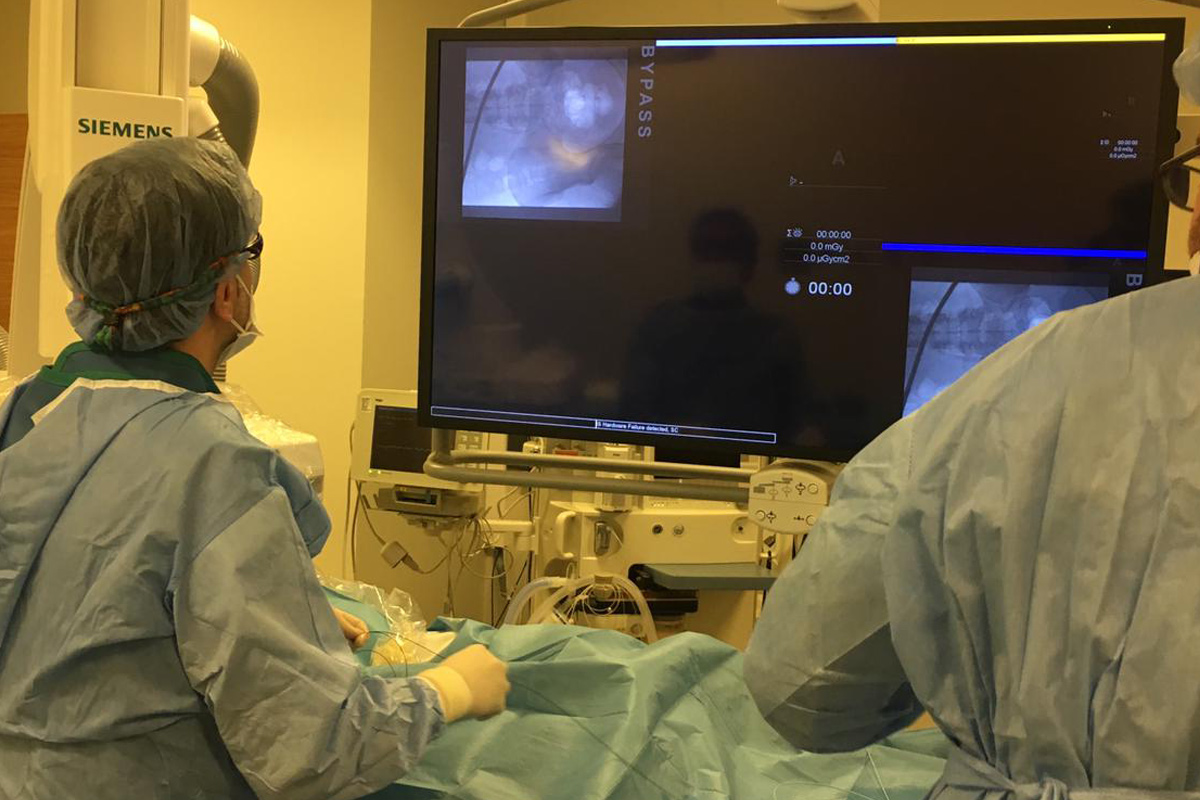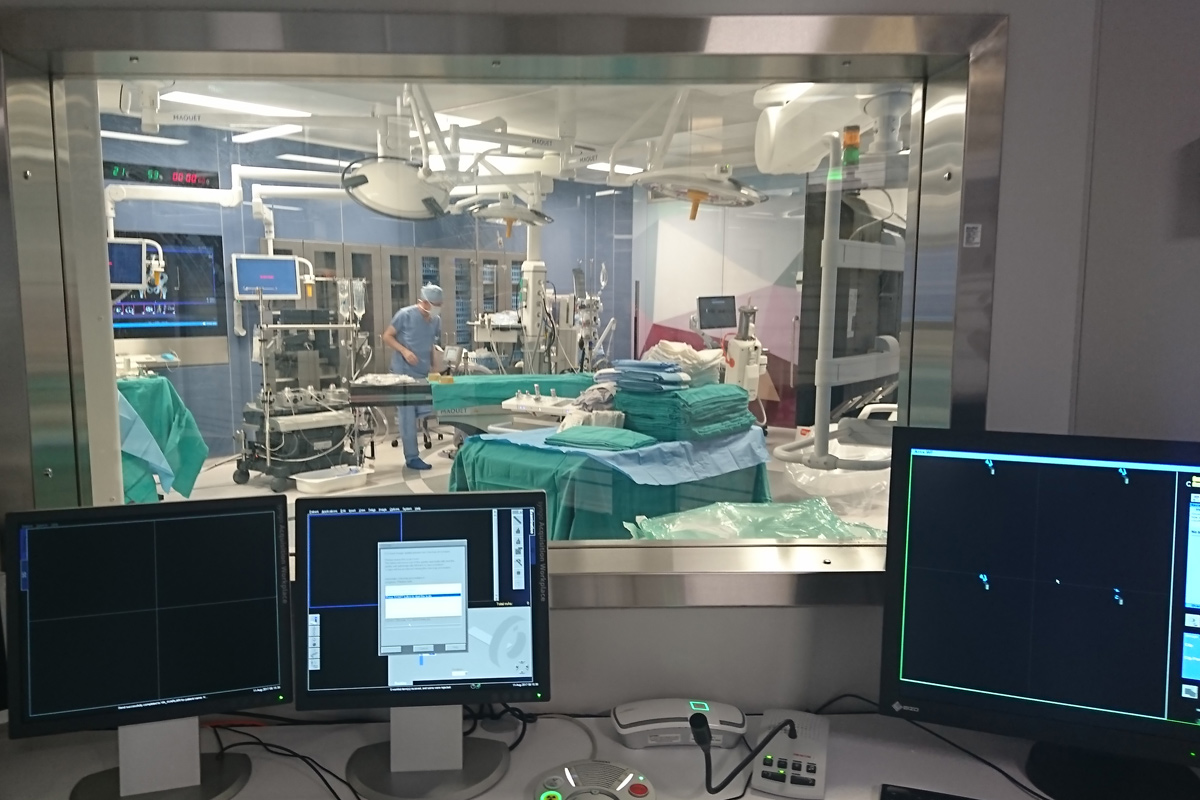Varicose Veins and Chronic Venous Insufficiency
What is a Varicose Vein? How does it Develop?
The veins transport used and contaminated blood from the body to the heart. The veins in the legs carry blood in the opposite direction of gravity (from the bottom up). In these veins there are valves that facilitate the flow upwards and prevent the accumulation of blood downwards. In addition, the movement of the leg muscles also plays an important role in transporting blood from the legs to the heart. However, if the valves are damaged, some of the blood will flow back during transport from the legs to the heart and collect in the leg veins. Varicose veins are a disease caused by this mechanism and usually affect the leg veins.
What Factors are Effective in the Development of Varicose Veins?
• Standing still for a long time
• Long silent sitting (deskmen)
• Genetic predisposition
• Being female
• Obesity
What Types of Symptoms are Observed in Varicose Veins?
• The most common complaint is leg pain that worsens throughout the day. Leg pain typically occurs later in the day with prolonged standing/sitting without movement.
• Feeling of heaviness, throbbing, tingling, numbness in the leg
• Itching
• Cramps in the legs
• Restless legs before/in sleep
• Clearly visible leg veins (capillary veins or larger veins)
• In later stages, color changes (hyperpigmentation) and sores (venous ulcers) on the legs
Do Varicose Veins Cause Cardiac Problems?
No. Varicose veins do not directly cause a problem with the heart, but in the later stages of varicose veins, coagulations that occur in the structurally defective veins can be dangerous. This condition, called deep vein thrombosis (DVT), can cause serious pulmonary problems if the clots enter the lungs.
How Many Types are Varicocele Veins? How do They Look?
Damage to the venous valves and increased downward pressure (venous insufficiency) results in varicose veins of various sizes. Although there are different classifications in scientific articles, they can be roughly divided as follows.
• Varicose veins in deep veins: They do not cause visible problems, but symptoms such as pain, cramps, tingling, restlessness, heaviness occur and there is a risk of deep vein thrombosis.
• Varicose veins in superficial veins: In addition to the discomfort caused by the disease in the deep veins, various visual disturbances occur depending on the size of the affected vein.
1. large varicose veins: these are varicose veins that protrude from the skin and are 4-15 mm in diameter.
2. medium varicose veins: these are varicose veins that protrude slightly from the skin and are green in color and 2-4 mm in diameter.
3. capillary varicose veins: these are red-purple varicose veins that do not protrude from the skin and are less than 1-2 mm in diameter.
What should be considered to prevent varicose veins?
Knowing that one of the most important factors in the development of varicose veins is genetic predisposition and family factors, obviously it is not possible to completely prevent varicose veins. However, it may be possible to reduce the risk and delay their development by making some adjustments to living conditions and habits.
Avoiding very hot environments (e.g. sunbathing, sauna, steam bath, etc.) is one of the factors you should consider.
Especially for people who work at a desk or stand for long periods of time, such as teachers, a 5-minute walk at certain intervals (every 30 minutes) is a useful protective measure, as this ensures the effect of contraction of the leg muscles on the veins. In addition, aerobic sports (walking, running, swimming, cycling, etc.) that exercise the leg muscles play a protective role in relation to varicose veins. Wearing high heels reduces the contraction of the leg and thigh muscles during walking. Therefore, we can say that wearing high heels for a long period of time accelerates the development of varicose veins.
What Happens If Varicose Veins Left Untreated?
Varicose veins that are not treated by a medical specialist can lead to a reduction in quality of life due to symptoms such as pain, restlessness, itching and cramps. It can even lead to loss of work due to the discomfort, which gets worsen over time. In addition, conditions such as clearly visible leg veins cause aesthetic problems. Color changes and sores that may occur subsequently can lead to irreversible consequences despite serious treatments.
Which diagnostic methods can be used for varicose veins?
• The most used diagnostic method (it can even be called a scanning method) is venous Doppler ultrasound. The procedure takes about 15-20 minutes, and during that, the patient is not exposed to radiation and is not in a closed environment as in MR -tomography scans. It can also be performed safely in pregnant women.
• Tomography and venography can also be used in advanced and complicated cases.
What is the Purpose of Varicose Vein Treatment?
The treatments used in the treatment of varicose veins are aimed at the symptoms of the disease. The main purpose of treatment is to relieve symptoms such as pain, restlessness, cramps, to eliminate appearance complaints and to prevent recurrence of symptoms through post-treatment follow-up.
What Methods are Used in the Treatment of Varicose Veins?
We can consider the treatment of varicose veins from two points of view: interventional and medical (medication therapy).
• Interventional Methods
1. Classical Surgery
2. Endovenous Laser Ablation (EVLA)
3. Endovenous Radiofrequency Ablation (RFA)
4. Mechanical Ablation and Foam Sclerotherapy
5. Venaseal method
6. Aesthetic Purposes: Sclerotherapy (foam therapy), laser therapy, radiofrequency therapy
• Medical Therapy
1. Medication Therapy
2. Compression Socks
Varicose Veins and Chronic Venous Insufficiency
Tags: varicose veins and chronic venous insufficiency, varicose veins, what is varicose veins, venous insufficiency, vein, tortuous vein, reflux, valve failure, capillary varicose veins, large varicose veins, genetics, family factors, swelling in the legs, visible veins





